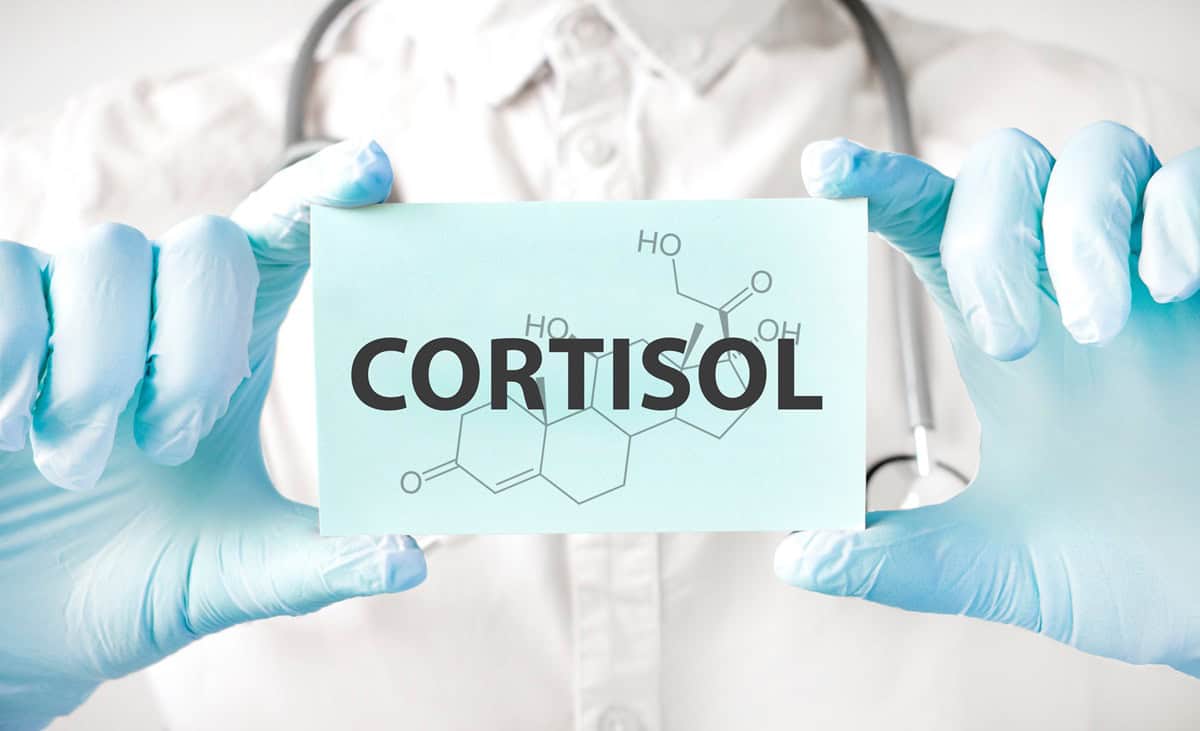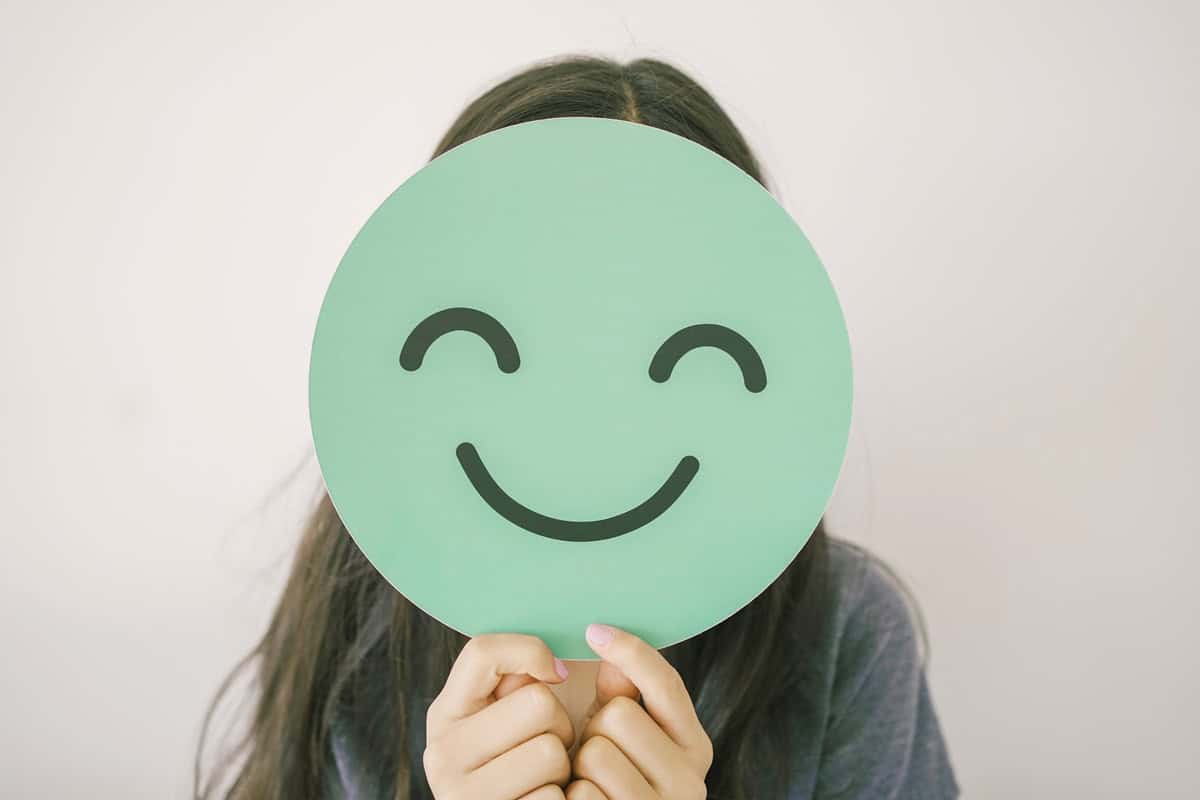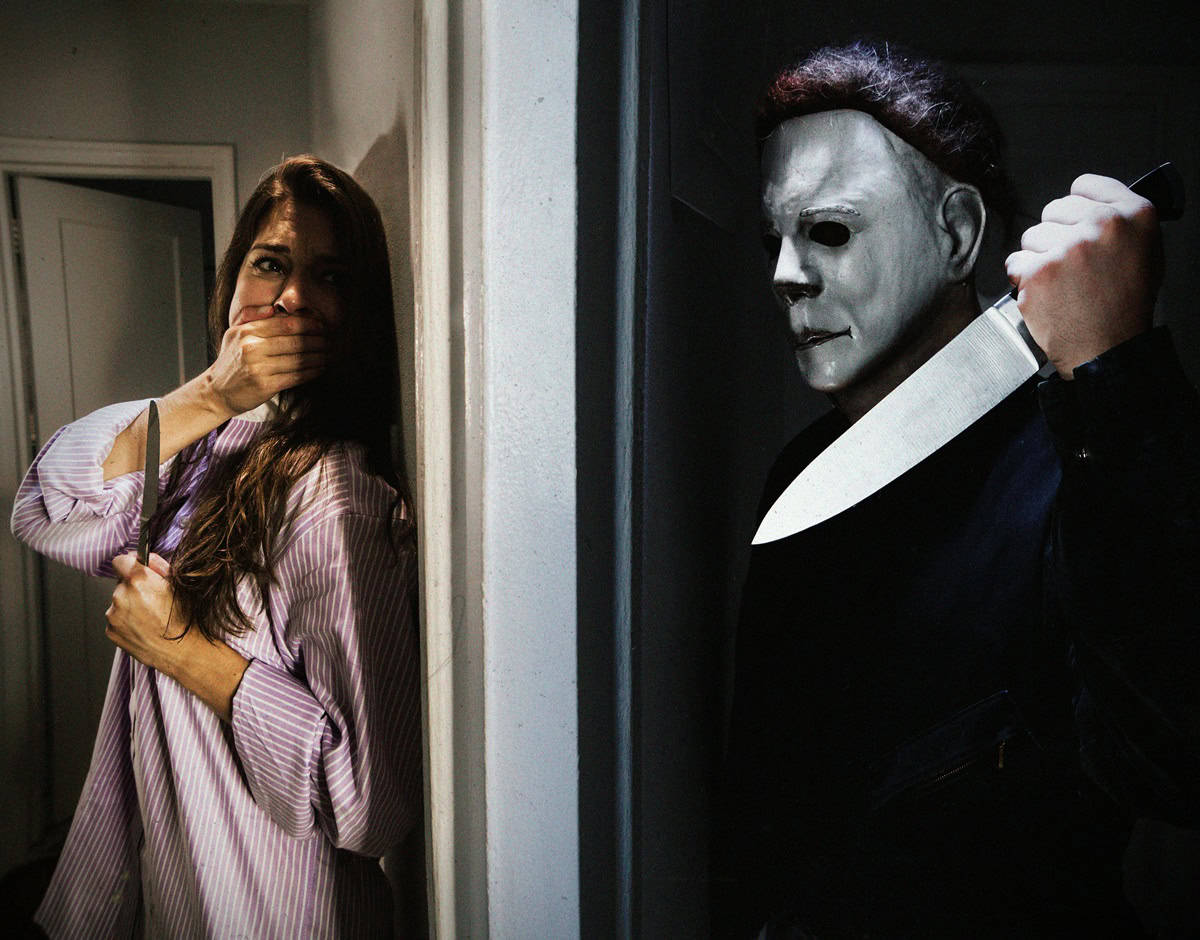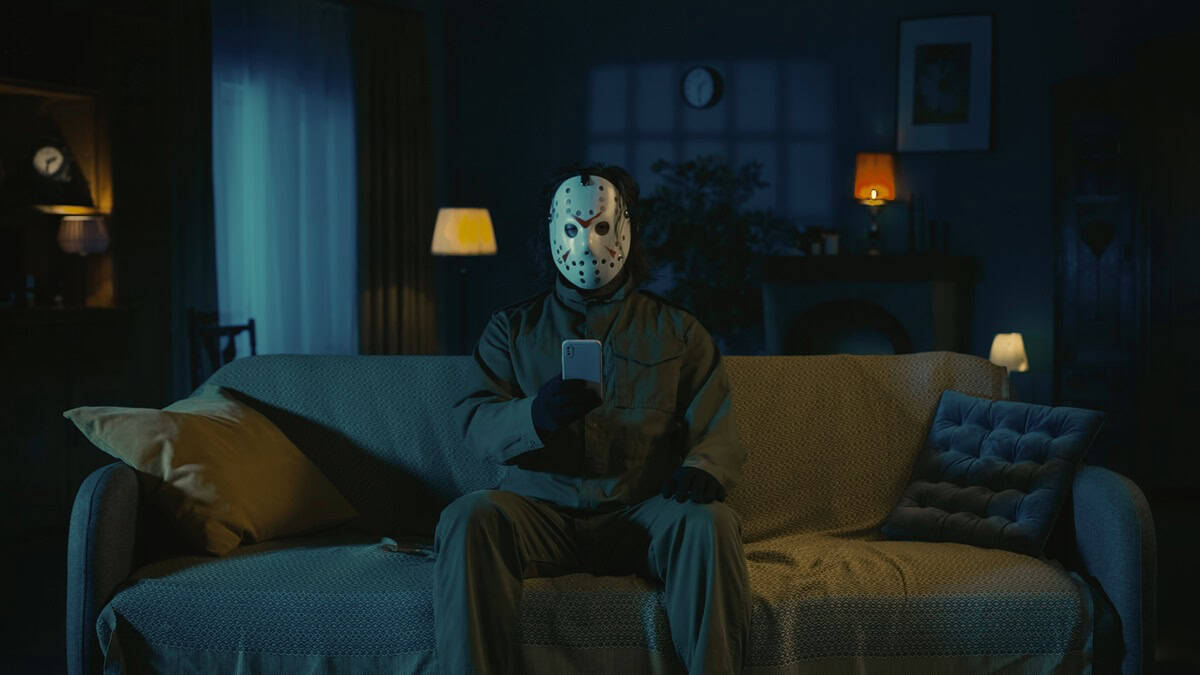Ever wondered why you can’t tear your eyes away from a horror movie—even when your brain is screaming, “Run for the hills!”?
It turns out that your brain is having its own little monster mash while you sit in the dark, popcorn in hand.
Let’s take a hilariously scientific journey into what’s really going on up there when you watch horror.
The Adrenaline Roller Coaster

© Pexels
When the first creepy creak or unexpected jump scare hits, your brain’s alarm system (a.k.a. the amygdala) goes into overdrive.
Think of it as the bouncer at your brain’s club, yelling, “Who’s there? Show me your ID!”
This rapid-fire alert triggers the release of adrenaline, that delicious hormone which pumps up your heart rate, sharpens your senses, and basically turns you into a reluctant action hero—even if the only thing you’re fighting is your own fear.
It’s the same rush you get when you almost drop your phone, but with more dramatic music in your head.
Cortisol: The Stress Hormone That’s Not So Stressful After All

© Shutterstock
Next up is cortisol, our brain’s go-to for handling stress. Horror films kick cortisol into high gear, giving you a temporary boost in energy and focus.
Sure, cortisol is often labeled as the “stress hormone,” but in this context, it’s more like your brain’s personal trainer, prepping you for the scare of your life.
The irony? After the credits roll and the terror subsides, your brain gives a little sigh of relief and maybe even a tiny round of applause for a job well done.
Dopamine: The Unexpected Party Animal

© Shutterstock
Here’s the twist: while horror films are all about fear and adrenaline, they also trigger the release of dopamine—the feel-good chemical.
As your brain processes the thrill, it’s like, “Hey, this is intense, but isn’t there something kind of fun about it?”
Dopamine is that sneaky party animal that makes you enjoy the rush, even if it’s accompanied by a few jumps and a pounding heart.
So, when you’re watching a slasher film and find yourself grinning like a maniac after a particularly creative scare, thank dopamine for making terror oddly satisfying.
Why We Love to Be Scared (Seriously, Why?)

© Pexels
So why do we voluntarily subject our brains to this terrifying cocktail of chemicals? The answer is simple: it’s fun! Horror films allow us to flirt with danger from the safe confines of our couch.
Our brains are wired to seek thrills, to explore the unknown, and to laugh (or nervously chuckle) at the absurdity of our own fear.
Plus, let’s be honest—there’s something hilariously ironic about knowing you’re watching a movie about unspeakable horrors while snacking on cotton candy and trying not to spill your drink.
In Conclusion: Your Brain’s Night at the Horror Movie

© Shutterstock
The next time you sit down to watch a horror flick, remember: your brain is hosting a wild, biochemical party.
Adrenaline, cortisol, and dopamine are dancing together in a frenzy, while the prefrontal cortex takes a much-needed coffee break.
It’s a finely tuned system that turns terror into an oddly satisfying experience—a roller coaster of emotions that leaves you both exhausted and exhilarated.
And as you finally turn off the lights, your brain is already plotting its next feature presentation. Enjoy the show, and maybe keep a nightlight handy.

